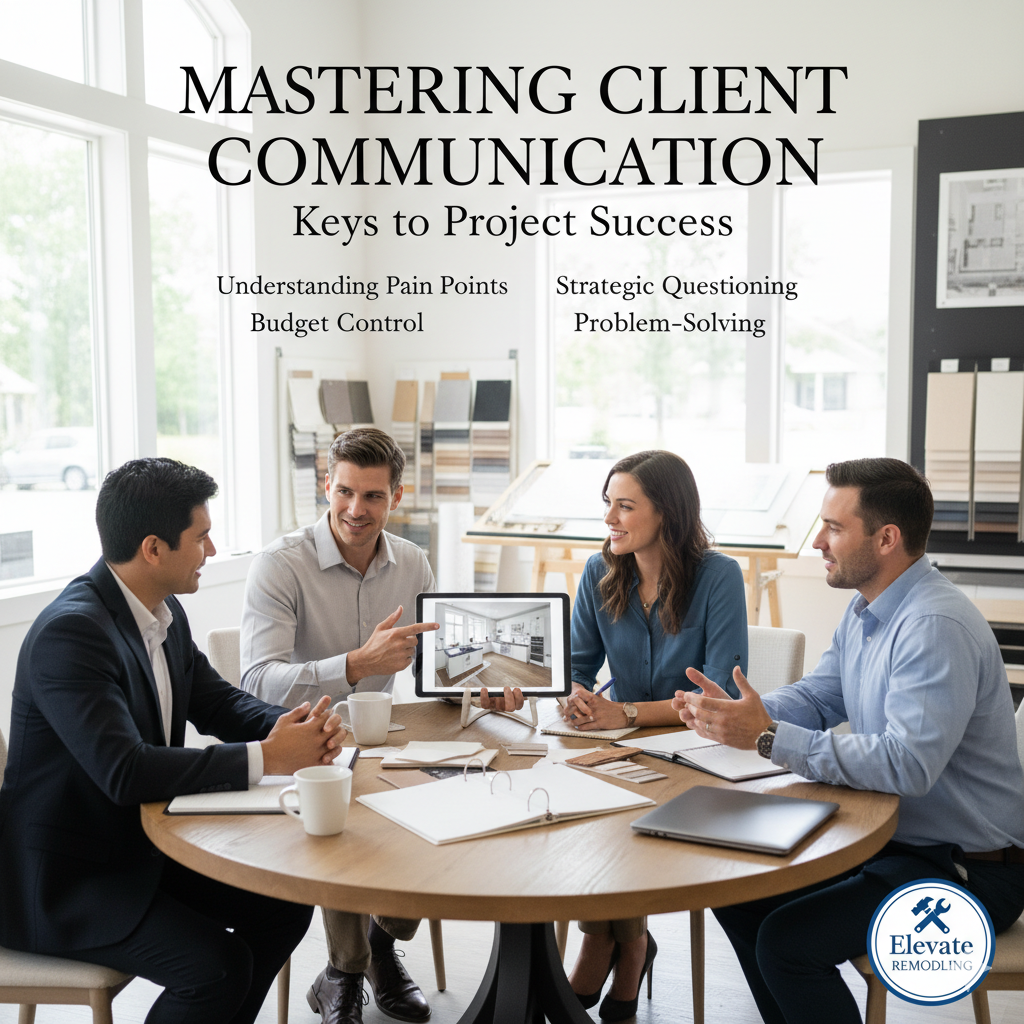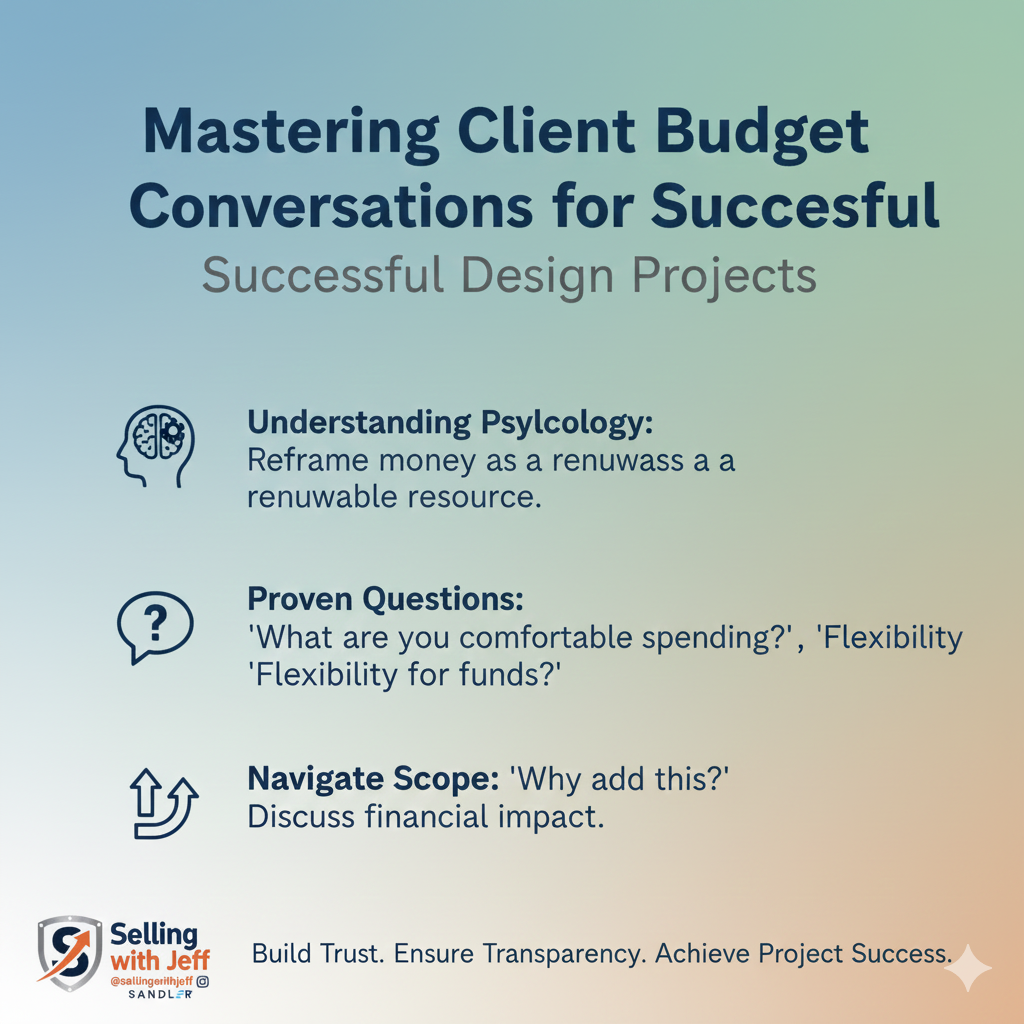Mastering Client Communication: Keys to Project Success

Unlock the secrets to effective client communication and elevate your project development success.
Understanding and Addressing Client Pain Points
Effective client communication is fundamental to the success of any project in the remodeling industry. One of the critical aspects of this communication is understanding and addressing client pain points. Clients often have specific issues or frustrations that drive their need for a remodel, and it is essential to identify these pain points early in the process.
By asking clients targeted questions about their current challenges, you can gain deeper insights into their needs. For instance, inquire about what they dislike about their current setup and how long these issues have persisted. This approach not only helps in identifying the root cause of their dissatisfaction but also establishes you as a trusted advisor who genuinely cares about their concerns. Remember, the more you understand their pain, the better you can tailor your solutions to meet their needs.
Maintaining Control Over Project Selections and Budgets
In the remodeling industry, it is crucial to maintain control over project selections and budgets to ensure client satisfaction and project success. Often, clients may have grand ideas that exceed their budget, leading to potential frustrations and project delays. As a project developer, it is your responsibility to guide clients through the selection process, ensuring that their choices align with their budget constraints.
One effective strategy is to present options that are within their budget while highlighting the value and benefits of each choice. This not only helps in managing client expectations but also prevents scope creep and budget overruns. Additionally, by maintaining transparency about costs and helping clients understand the financial implications of their decisions, you can build trust and foster a collaborative relationship.
Strategic Questioning for Clarity and Mutual Understanding
Strategic questioning is a powerful tool in client communication that ensures clarity and mutual understanding. By employing a structured approach to questioning, you can uncover crucial information that might otherwise be overlooked. This technique involves asking open-ended questions that encourage clients to elaborate on their needs, preferences, and expectations.
For example, instead of simply asking, "Do you like this design?" you might ask, "How does this design fit with your vision for the space?" This type of questioning not only provides more detailed insights but also empowers clients to articulate their thoughts more clearly. Additionally, summarizing and repeating back what the client has said can help confirm mutual understanding and prevent miscommunication.
Integrating Sales Training and Problem-Solving Techniques
Integrating proven sales training and problem-solving techniques into your client communication strategy can significantly enhance your interactions and outcomes. Techniques such as the PAIN funnel, which involves a series of questions designed to uncover deeper issues, can be particularly effective. This method encourages clients to think critically about their needs and helps you identify opportunities to provide innovative solutions.
Additionally, adopting a structured problem-solving approach, such as the one developed by Toyota, can streamline the process of identifying and addressing client issues. This involves defining the problem, gathering relevant information, clarifying the problem, and developing an action plan. By following these steps, you can ensure that your solutions are well-informed and tailored to the client's unique circumstances.
In conclusion, mastering client communication in project development requires a combination of empathy, strategic questioning, and a structured approach to problem-solving. By understanding and addressing client pain points, maintaining control over project selections and budgets, and integrating effective sales training techniques, you can enhance client interactions and achieve greater project success. Remember, effective communication is not just about conveying information but about building trust, fostering collaboration, and delivering value.


